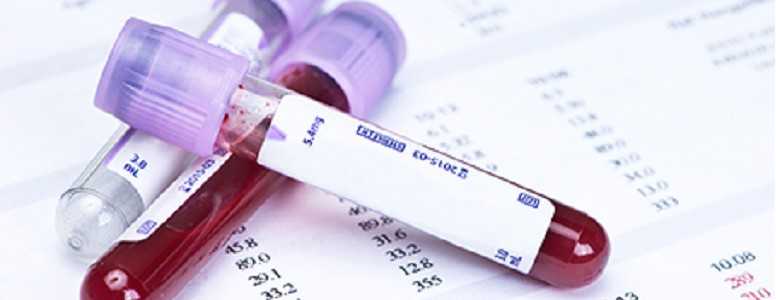An article published in the journal Diabetes Technology and Therapeutics takes a detailed look at the future of Continuous Glucose Monitoring (CGM) technologies.
“Continuous Glucose Monitoring: A Review of Successes, Challenges and Opportunities”, by David Rodbard, MD, examines the history, effectiveness and future potential of the technology, including the barriers between it and mass availability.
What is a CGM?
A continuous glucose monitor (CGM) constantly monitors your blood glucose using sensors placed on your body. As blood glucose levels are monitored, the readings are sent to an external device, such as a smartphone.
Some CGM systems are capable of reading blood glucose levels 288 times a day, thereby significantly reducing the reliance on finger-prick testing. All CGMs in the United Kingdom display current glucose levels, a trend arrow to indicate whether this is increasing or decreasing, a graph showing trend information, alarms for extreme blood glucose levels and the ability to download data.
CGMs are currently not widely available in the United Kingdom due to the cost of running them: maintaining a system can cost between £1,000 and £4,000 per year. When funding CGM systems, the NHS prioritises young people who experience frequent severe hypoglycemia and struggle to spot the symptoms of a hypo.
Are CGMs effective?
CGMs have significantly increased in accuracy in the past 15 years. As the article states: “Today, overall measurement error has been reduced by twofold […] and accuracy continues to improve.” CGMs have also improved in terms of “size, weight, complexity […] cost [and] user-friendliness.”
Overall, studies have found CGMs to improve health outcomes in patients with type 1 diabetes – and type 2 in some cases. “Numerous studies have demonstrated clinical benefits in multiple patient populations – pediatrics, adolescents, and adults, type 1 and type 2 – with various levels of glycemic control at baseline […] Use of CGM is generally associated with an improvement in [HbA1c] level and/or reduction in the risk of hypoglycemia.”
“If CGM systems can perform so well, why haven’t they been more widely used?”
Rodbard identifies a wide range of barriers preventing the wide availability of CGMs, including cost, accuracy and “the physician and clinical intertia”. However, both cost and accuracy are always decreasing and increasing respectively, although CGM systems have yet to demonstrate the same kind of accuracy boasted by more traditional blood glucose monitors.
However, the author identifies that one of the biggest barriers for widespread CGM use is the difficulty of incorporating it into doctor-patient interactions:
“Introduction of any new modality requires time, energy, effort, judgement and initiative. When this is coupled with demands on physician time that are impossible to meet during extremely brief clinical visits […] there should be no surprise that there has been clinical inertia for CGM implementation in clinical care. Very few physicians have developed or adopted a systematic approach to interpretation of CGM data, and there are no training courses.”
Rodbard argues that this issue will not be resolved without “fully automated and standardised interpretation of glucose data and patterns […] designed for both physicians and patients.”
What does the future hold for CGMs?
Rodbard concludes:
“CGM has shown impressive scientific, technological, engineering and clinical advances, providing benefits to many people with diabetes. Several barriers to use of CGM persist, but these barriers are being addressed.
“Utilisation of CGM can be expected to increase, improving both patient outcomes and public health. The physician is at once a key enabler and an important barrier. Education of physicians and patients is key. Advances in accuracy, additional approvals for use of CGM for adjustment of insulin dosing, and automated interpretation of results should spur wider usage and acceptance.”
Satish Garg, Editor-in-Chief of Diabetes Technology and Therapeutics, agrees that CGM use is likely to become far more widespread in the near future.
“Sometime in the next decade I expect CGM to replace self-monitoring of blood glucose (SMBG) and to be considered a stand-alone entity,” he writes in his editorial “The Future of Glucose Monitoring.”
“Continuous Glucose Monitoring: A Review of Successes, Challenges and Opportunities” is available in full here.
What's new on the forum? ⭐️
Get our free newsletters
Stay up to date with the latest news, research and breakthroughs.





